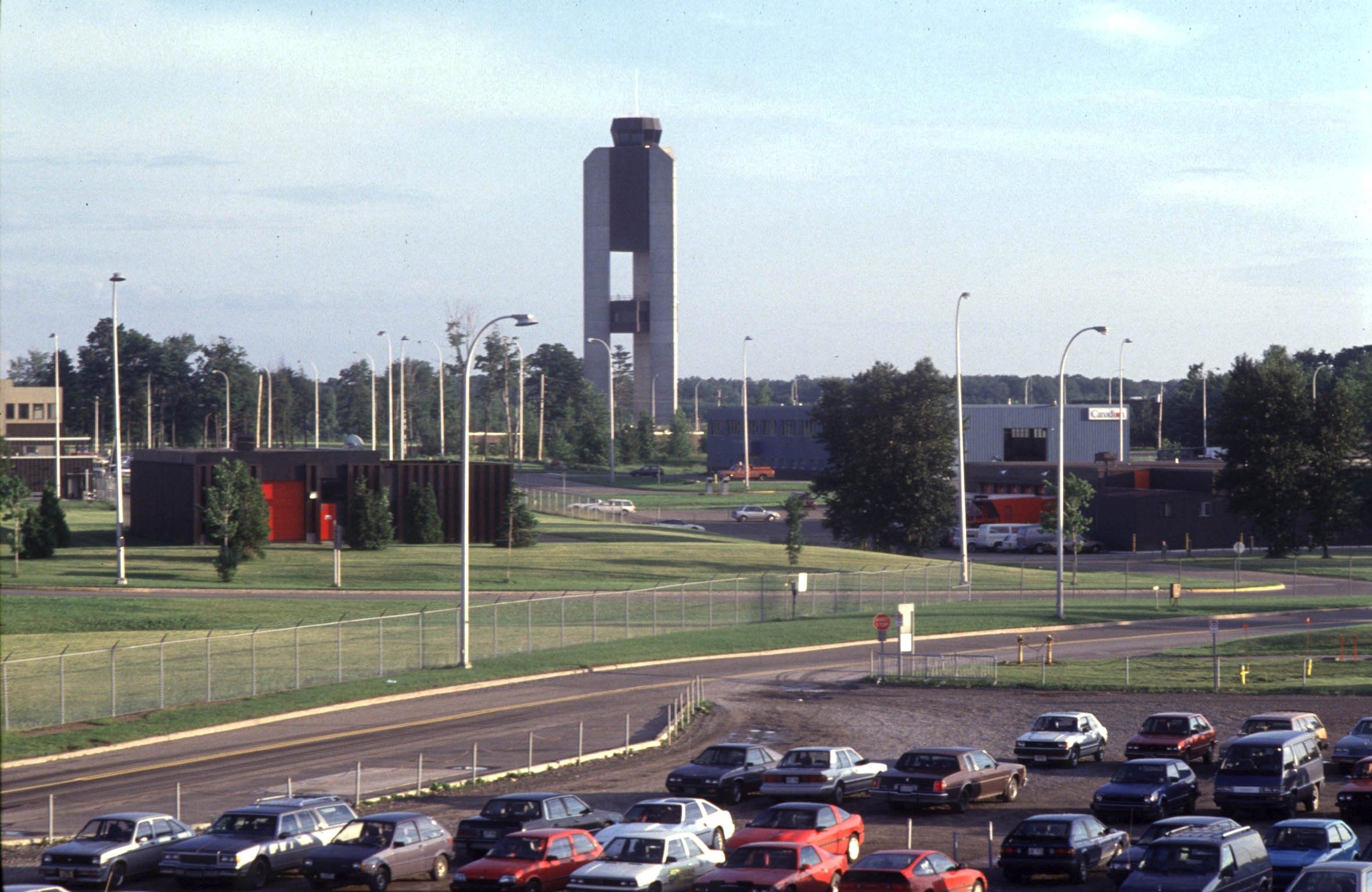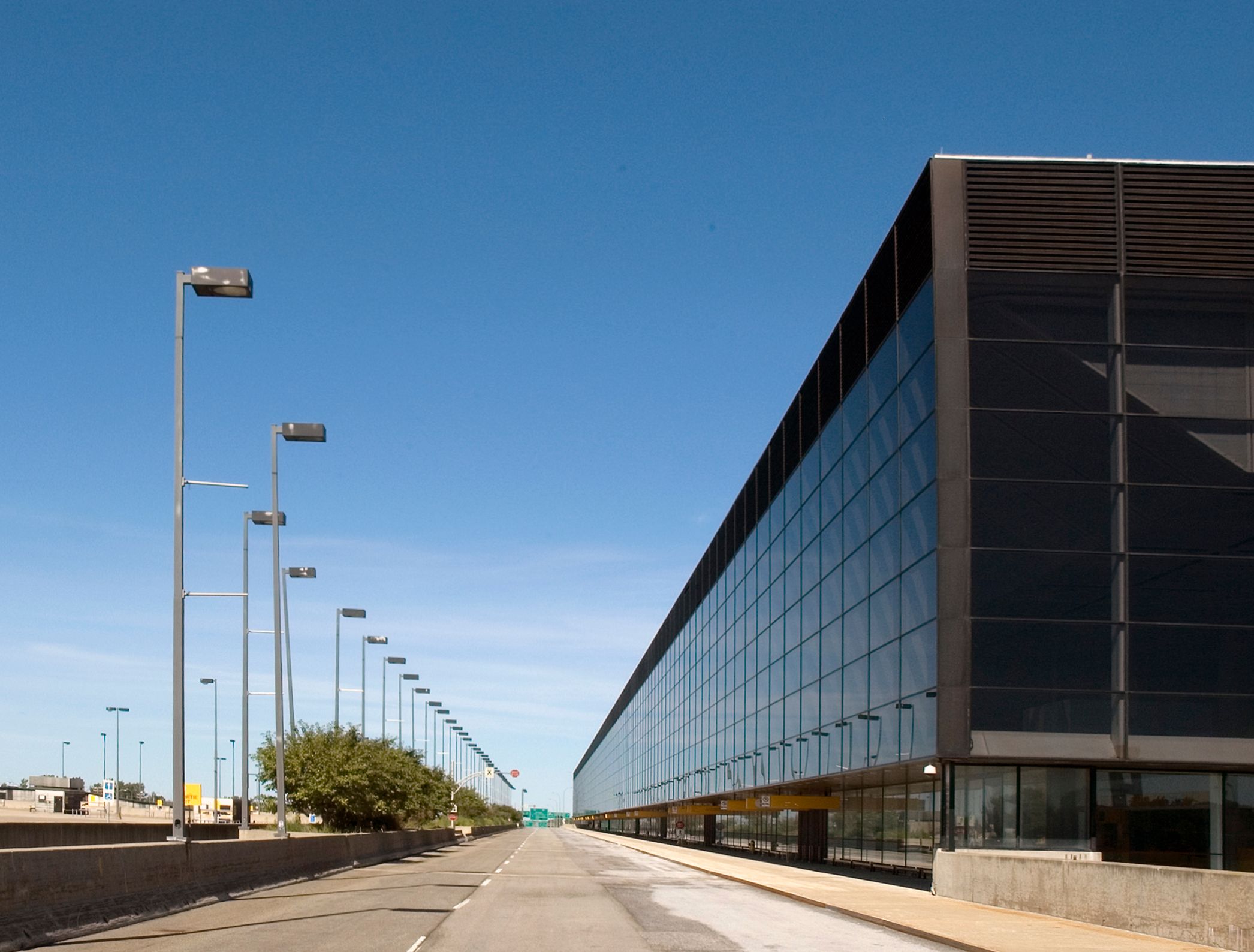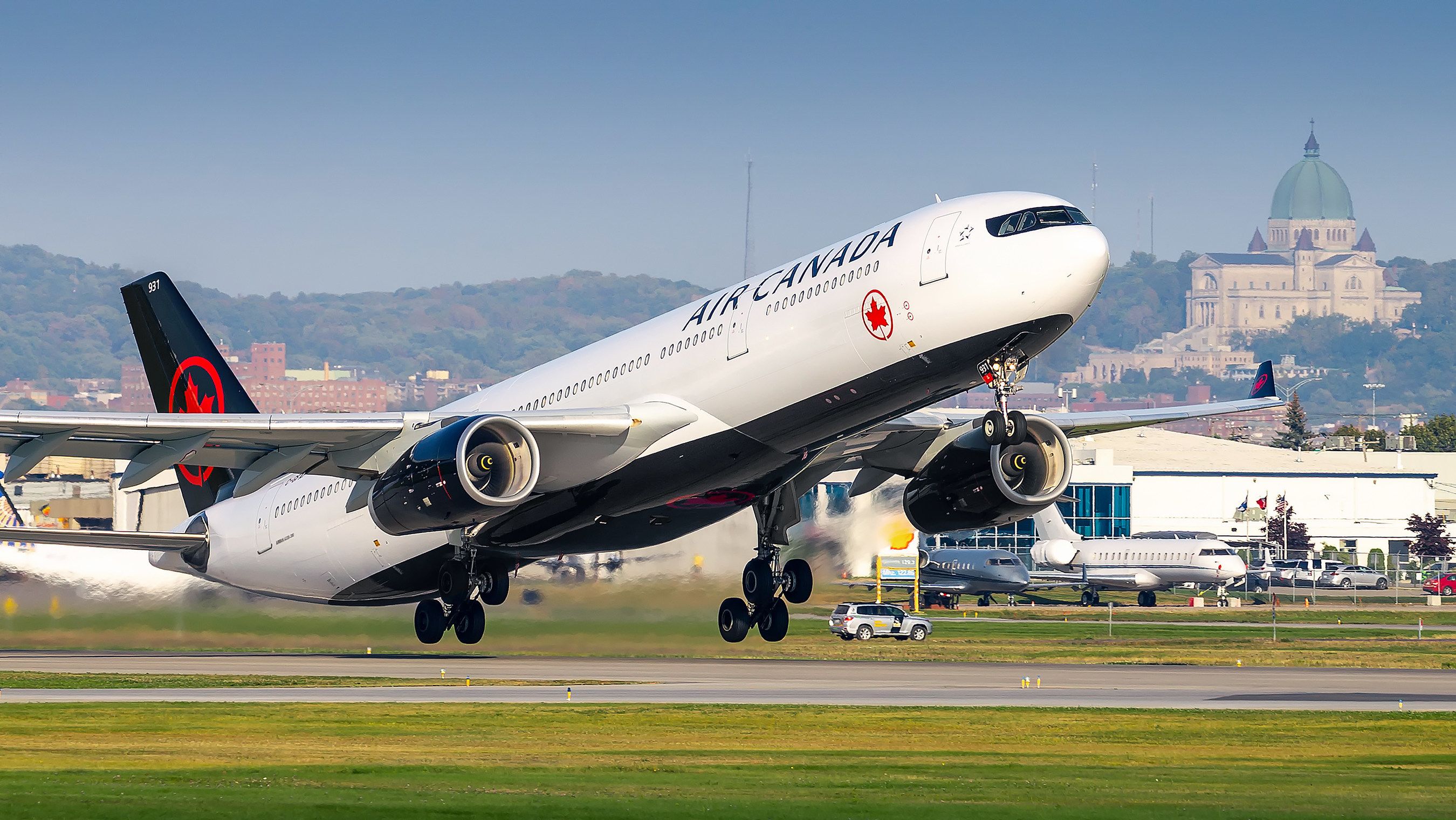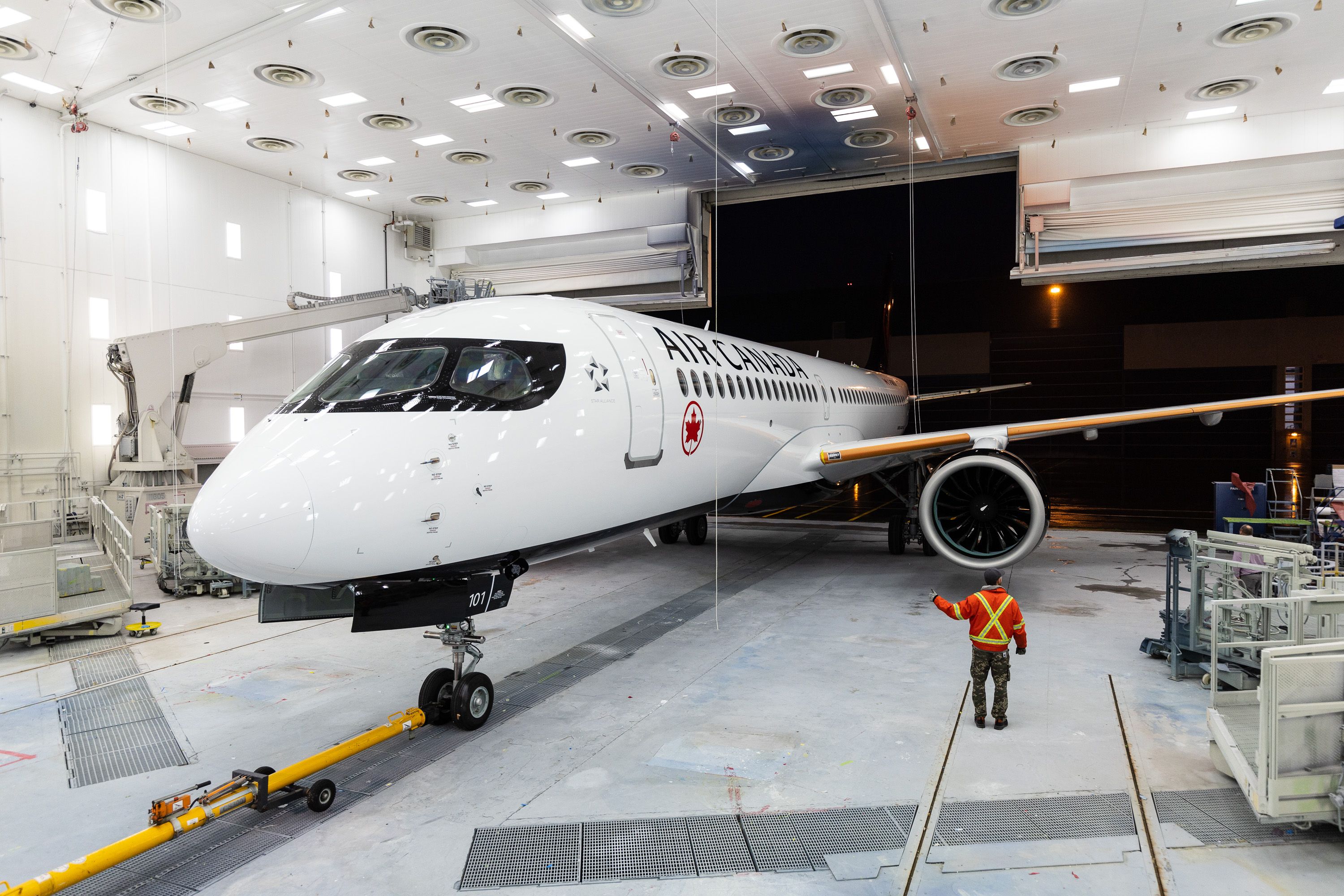Passengers flying in Canada today are likely familiar with Montréal-Pierre Elliott Trudeau Airport (YUL). However, did you know that the city is served by another airport, which is now an important hub for cargo and aircraft manufacturing? Here's the story of Mirabel Airport.
The big one
Montréal-Mirabel Airport (YMX) was built in 1975 to replace the aging Dorval Airport (YUL). YMX was envisioned to be one of the largest airports in the world, serving much of Canada's international traffic and a bustling domestic market.
However, things did not have a smooth start at Mirabel. While international flights shifted over in 1975 to prepare for the next year's Olympic Games, domestic and US flights remained at Doroval until at least 1982. This meant lengthy trips for anyone with a domestic or US connection in Montreal.
While transfers might be common, Mirabel struggled with connectivity, an important factor given it was 24 miles from the city. Airlines were unhappy with the split operations, which led to a huge slide in connecting passengers due to the one-hour transit time. Similarly, travelers complained of long distances and few transit options.
Pressing on
Even with the airport's unenviable location, the government pressed on with plans to push airlines to adopt Mirabel. All international flights were forced to move to Mirabel until 1997, pushing airlines to switch their primary Canadian airports to Toronto in response.
However, Dorval Airport never actually closed and merged operations with YMX as once planned. Due to its easy location, just 20 minutes from the city, the flying public pushed for it to remain open for domestic and US flights. Hence, both YUL and YMX served concurrently, an hour apart.
While the two airports may have co-existed if traffic was booming, Montreal's falling economic status meant passenger levels had not grown to projections. Eventually, the government decided that one airport would need to be shuttered to consolidate operations.
Dorval was the airport of choice and from 1997 onward, international airlines were able to make a move back after that. This spelled the end of Mirabel, which saw passenger services dwindle over the next few years.
Closed
By 2004, it became clear that Mirabel Airport could not sustain continued passenger services. Air Transat was the last carrier to stick to the end, flying services to Paris until 31st October 2004, the last passenger flight from the airport.
The next decade saw the airport serve non-aviation purposes, including as a racetrack and movie set (including for hit movie The Terminal). However, since then, YMX has found a new lease on life.
The airport has become a major hub for private jets, aircraft manufacturing, testing, and much more. This has seen departures rise dramatically in recent years, and ensure the airport remains open.
However, don't expect to fly out of this airport anytime soon. The terminal building was demolished in 2014, which means any new operations will need new construction.
What do you think about the history of Mirabel? Could we see a budget terminal here in the future? Let us know in the comments!




